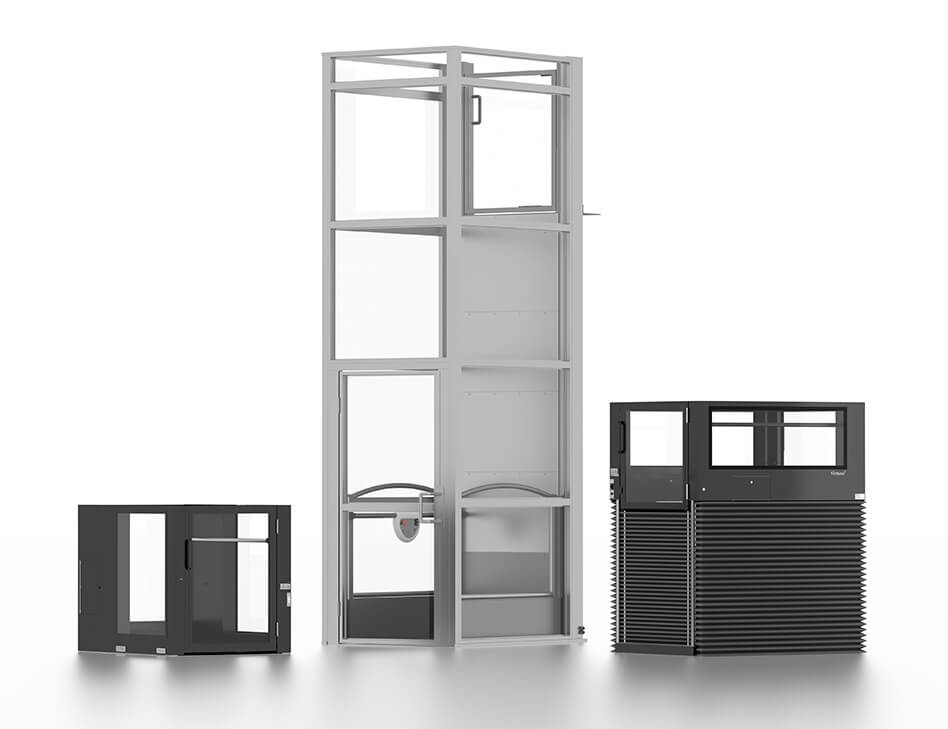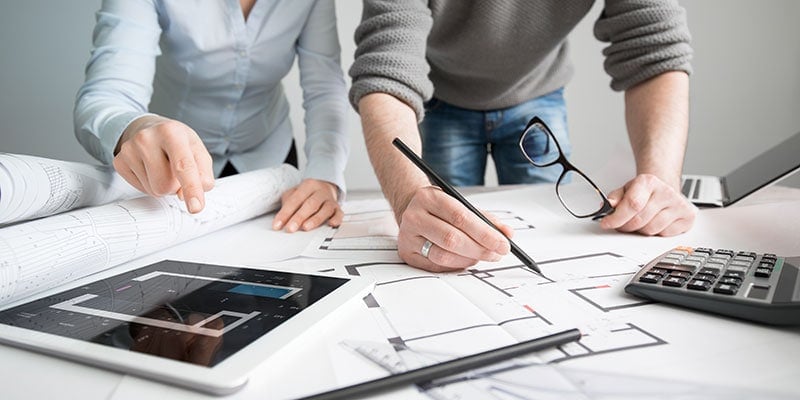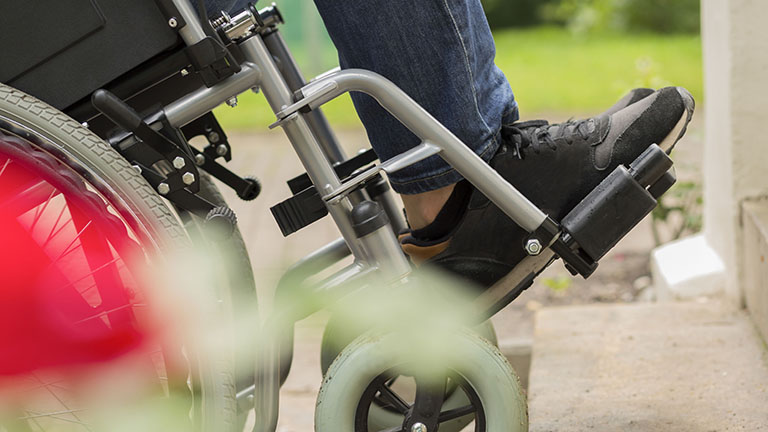After going through Part 2, it probably seemed like we could go on forever with the questions. Truthfully, we probably could…but we won’t.
Part 3 – What are your options?
Instead, here is a table with some concrete examples that may help you identify those quality of life options that would be perfect for your facility (or those that you could live without). As you look at the pros and cons, start thinking about them as they relate to your facility. After all, product differences mean nothing unless you can relate them to what’s important for your facility.
| COMPONENT | PROS | CONS |
|---|---|---|
DRIVE TYPE |
||
| Screw Drive | Less expensive | Can be noisy; Needs regular greasing; Needs tall housing |
| Direct-Acting Hydraulic Drive | Can be quiet; Low maintenance; Can have a low profile | More expensive; Can have height limitations |
| Chain Hydraulic Drive | Can be quiet; Low maintenance; Needs tall housing | More expensive |
WARRANTY |
||
| Shorter | Less expensive | Indicator of shorter life expectancy, lower quality |
| Longer | Indicator of longer life expectancy, higher quality | More expensive |
APPEARANCE |
||
| Machine Tower | Less expensive | May block lines of sight |
| Upper Landing Machine Cabinet | Leaves open lines of sight | More expensive |
| Low Profile | Leaves open lines of sight | More expensive; Height limitations |
INSTALLATION |
||
| “Pitted” | Eliminates entry ramp | Demolition of existing floor required |
| No Installation “Pit” | No demolition of existing floor; Some types eliminate entry ramp | Some types may require entry ramp |
ENTRY |
||
| Ramp-to-lift | Increases lift footprint; May require power gate operators | |
| Floor-level | Does not increase lift footprint; Easy lift entry | May require demolition for a “pit” |
FINISH |
||
| Standard Finish | Less expensive | Aesthetics may not match perfectly |
| Custom Finish/Colors | Improved aesthetics | More expensive (usually) |
VISIBILITY |
||
| Open Sides | Open lines of sight; Less expensive | Reduced protection from falling |
| Sheet Metal Panels | Protection from falling; Less expensive | Blocks lines of sight |
| Clear Windows | Open lines of sight; Protection from falling | More expensive |
DURABILITY |
||
| Thin Gauge Materials | Less expensive | Less durable |
| Heavy Gauge Materials | More durable | More expensive |
That’s the end, right?
Let’s just say that it’s a great start, and you are safely on your way.
So, what now? Should you ask for help? Certainly! Now that you have begun to understand your needs, don’t be nervous about asking for help as well. You have prepared good questions, and you should probably be more nervous about not asking them.
Think of it this way: By talking with a trustworthy advisor, you may save yourself additional anxiety. If you do, then try to talk with someone who:
- Knows wheelchair lifts,
- Asks first about your needs, and
- Has a strong reputation.
However, if you still want to do all your own research, it is a fascinating area to explore. Keep probing into the 90% beneath the surface as you define how you will use the lift and what factors may be important.
Map your iceberg first, and you increase your chances for plotting a successful course. Ask the right questions to sort through your priorities, and you simplify your task of finding the right solution.
Price may be one factor, but now you are making a list of other elements to help you avoid the pitfalls of choosing products blindly. Instead of basing your decision solely on the visible 10% (“Give me whatever is cheapest please…”), you can look at products with a critical eye for the hidden 90%, and make your decision with confidence.



